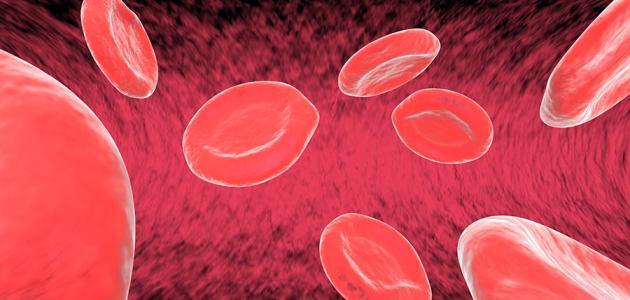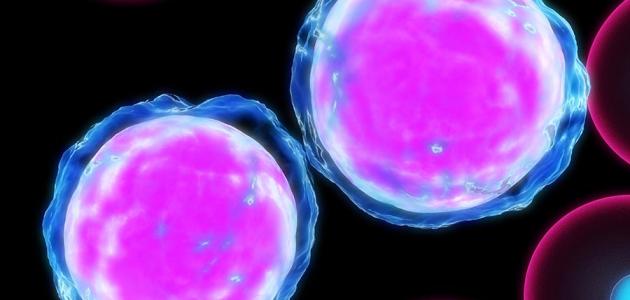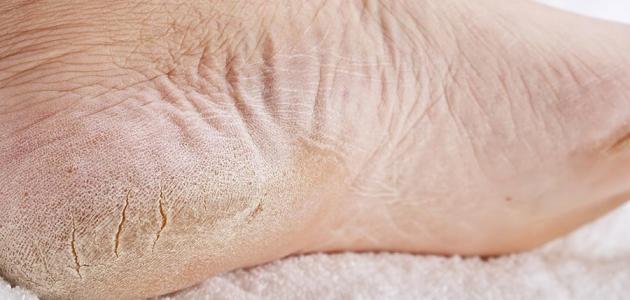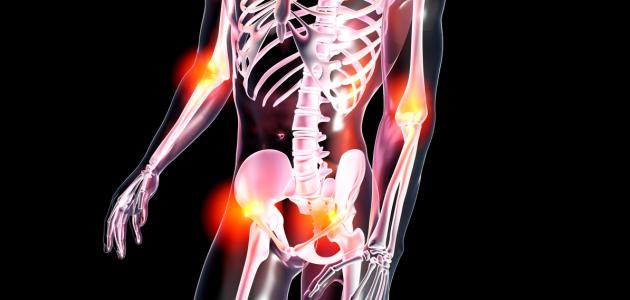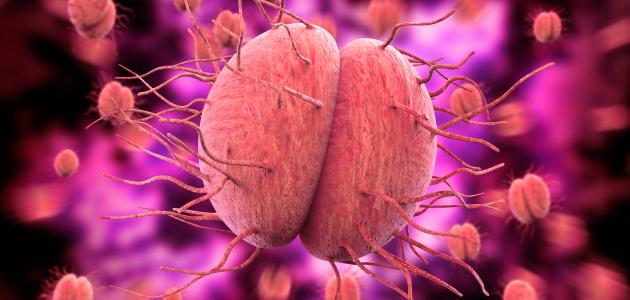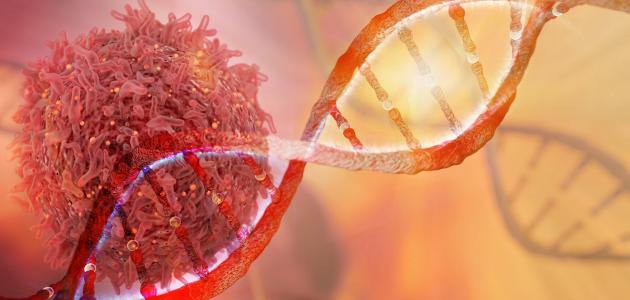Contents
Beta thalassemia
The Thalassemia , also known as anemia sea basin white blood average, a genetic disease which is down the proportion of red blood cells in the blood, a statement worth of hemoglobin , which is also called the term hemoglobin is the component responsible for carrying oxygen in red blood cells to be transferred to the parts of the body Mahtlvh, is divided Thalassemia into two main types, namely: alpha thalassemia , and beta - thalassemia , spoke of infection in beta thalassemia as a result of a genetic mutation In the genetics responsible for producing the beta chain in the hemoglobin complex, which leads to a disruption of hemoglobin productionAnd the weakness of its ability to carry the oxygen element, and this problem results in a decrease in the number of healthy red blood cells in the blood and suffering from anemia. [1] [2]
Symptoms of beta thalassemia
The symptoms associated with beta thalassemia depend on the type of disease, as it is divided into three main types according to the severity of the disease, and symptoms may differ from one person to another. The following is an explanation of some of the symptoms associated with beta thalassemia according to the type: [3] [4]
- Beta thalassemia major: Beta thalassemia major is the most severe type of disease, and symptoms of this type of disease appear from early childhood stages, and these children suffer from developmental disorders , such as weight loss, and failure to thrive. ), And people with this type of disease need a periodic blood transfusion to compensate for the decrease in the number of red blood cells, and among the symptoms that appear on people with beta thalassemia major, we mention the following:
- Paleness of the complexion.
- Loss of appetite .
- Flatulence
- Jaundice , which is accompanied by yellowing of the skin and eyes.
- An enlarged heart, spleen and liver.
- Delayed puberty.
- Weakness, fragility and deformation of the bones.
- Iron accumulation in the body as a result of frequent blood transfusions, which leads to hormonal disorders, and some heart and liver problems.
- Beta thalassemia intermedia: Symptoms of this type of disease may appear in early childhood or they may appear later in the life of the affected person, and they may affect the rate of sleep, and lead to disturbances in the bones , and this type may be accompanied by Disease The emergence of a number of other symptoms resulting from anemia , such as an enlarged spleen, paleness of the skin, fatigue, and extreme fatigue.
- Beta Thalassemia Minor: Infection with beta thalassemia minima does not usually accompany the appearance of any obvious symptoms on the affected person.
Causes of beta thalassemia
Beta thalassemia occurs as a result of inheriting a genetic mutation responsible for the production of beta globin protein. The severity and type of the disease depends on the number of genes affected by the gene mutation. These differences are as follows: [5]
- Beta thalassemia major: This type of beta-thalassemia occurs as a result of the presence of a severe genetic mutation in both genes responsible for producing beta-globin, and this type of disease may lead to some symptoms and severe health complications that may threaten the life of the affected person.
- Intermediate beta-thalassemia: Although this type of beta-thalassemia occurs as a result of the presence of a genetic mutation in both genes responsible for producing beta-globin as well, the severity of the mutation is weaker than the mutation that causes beta-thalassemia major.
- Beta thalassemia minor: The incidence of this type of beta-thalassemia disease occurs as a result of the presence of a genetic mutation in one gene of beta globin, and the red blood cells of people with this type of disease are often small , with a small incidence of anemia, and these people suffer Often very mild symptoms, and it should be noted the possibility of these people passing on the genetic mutation and disease to their children.
Diagnosis of beta-thalassemia
The risk of beta-thalassemia increases in people of Asian, African, Italian and Greek descent, and the disease is often diagnosed during the age group between 6-12 years old, and there are some different diagnostic tests that help to detect the disease, as well as These tests help to detect the bearing of the genetic mutation responsible for the disease, and among these tests we mention the following: [3]
- A complete blood count test: A complete blood count test helps detect the number, size and degree of growth of different blood cells.
- Chapter electric Hemoglobin: is performed electrophoresis test for hemoglobin to distinguish between different types of hemoglobin in the infected person.
- Pregnancy tests: Beta thalassemia can be diagnosed in a fetus during pregnancy by performing an amniocentesis or chorionic villus sampling.
Beta thalassemia treatment
The treatment of beta-thalassemia depends on the severity of the symptoms associated with the disease, and in cases that are accompanied by mild anemia from one period to another, the affected person does not need any specific treatment, but in severe cases, the affected person may need to undergo a periodic blood transfusion , The doctor may prescribe folic acid supplements to help boost the production of red blood cells, and it should be noted that the results of a comprehensive blood count test in this case may resemble the results of an iron deficiency anemia, which may lead to the wrong treatment action, and the doctor may resort to Some cases require a bone marrow transplant to help treat the disease permanently. [5]
References
- ↑ "Thalassemia Symptoms & Causes" , www.mayoclinic.org , 2-11-2016, Retrieved 15-12-2018. Edited.
- ↑ "Beta Thalassemia in Children" , www.stanfordchildrens.org , Retrieved 15-12-2018. Edited.
- ^ A b "Beta Thalassemia" , Www.hopkinsmedicine.org , Retrieved 15-12-2018. Edited.
- ↑ "Beta thalassemia" , ghr.nlm.nih.gov , Retrieved 15-12-2018. Edited.
- ^ A b "Beta Thalassemia" , Kidshealth.org , Retrieved 15-12-2018. Edited.
